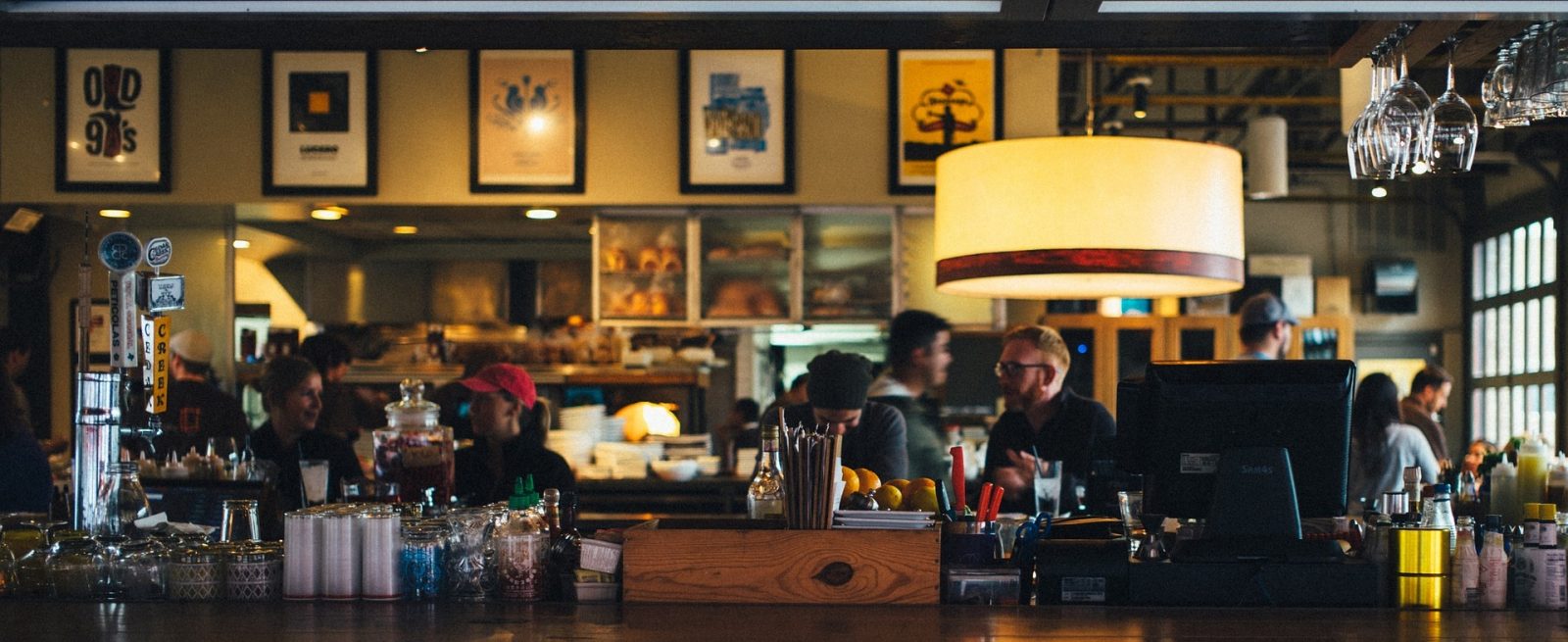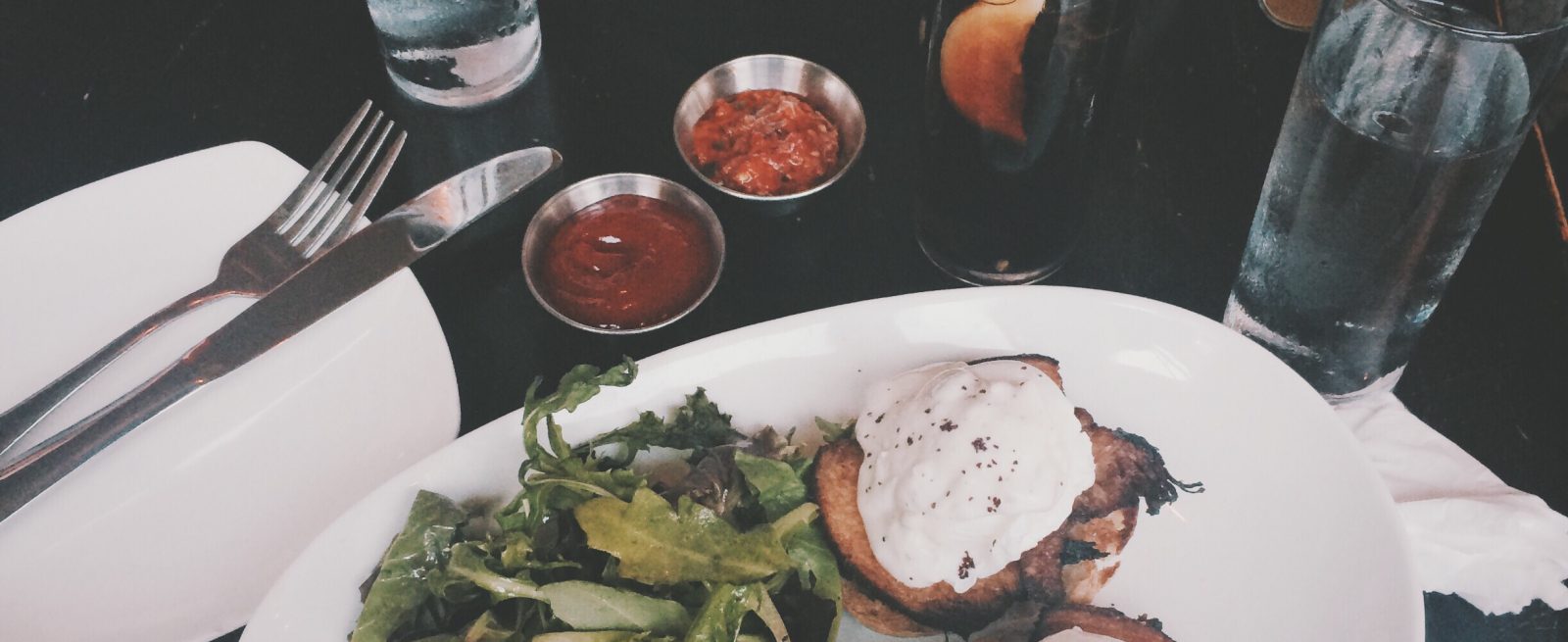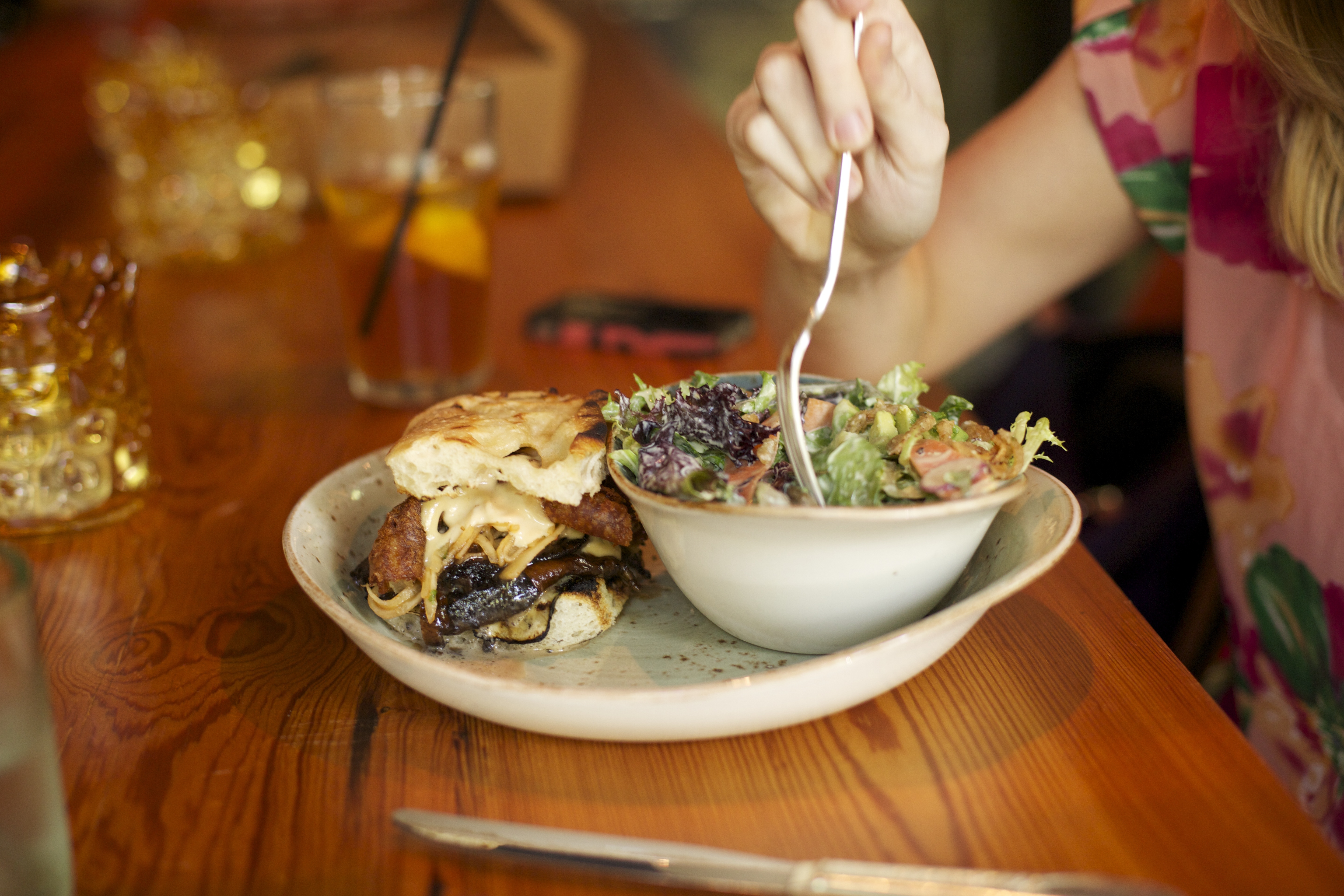
By Derek Miller
When it comes to running your restaurant, your expenses are probably one of your biggest headaches. If they get out of control, you’re in the red. Yet, it can be challenging to stay on top of them with so many other tasks to take care of. Here’s how to ensure that you manage and track your expenses like a boss.
1. Use Restaurant-Specific Software
It’s a lot more challenging to stay on top of restaurant expenses if you’re using a spreadsheet to log them. Accounting software is really affordable these days, and some are geared specifically toward restaurants, and include features like inventory management and purchase order management.
If you use inventory software (in addition to or as part of your accounting software), your expenses are recorded as soon as you place an order for more artichokes. And your point-of-sale system can link up to your inventory and ordering systems so that, when someone orders the second-to-last ribeye, you automatically put in an order for more.
2. Assign Someone to the Job
It might be your job as restaurant owner or manager to oversee expenses, but if anyone else is involved with inventory management, get a plan for who will be responsible for logging the expenses in your accounting software.
If your chef does the ordering but you handle the expense management, make sure he gives you a receipt or invoice for everything that he orders. Your best bet is to scan any outstanding invoices into your accounting system to pay rather than letting them pile up on your desk and risk them getting lost in the mess. Teach the process for getting expenses logged in the training process to ensure that new hires know how to handle them.
3. When You Charge It, Log It
Using a business credit card can help you keep cash flowing in your business, but use it wisely. First, pay off the balance each month, otherwise you end up spending far more than you budgeted for anything you charge, thanks to interest rates.
Second, record the expense as soon as you buy something with your card. You may not remember in a few weeks that the $298.45 charge on your card was for your napkin service, so record and categorize the expense as soon as you charge it. This saves you time later digging back through invoices to match to the expense.
Continue Reading





